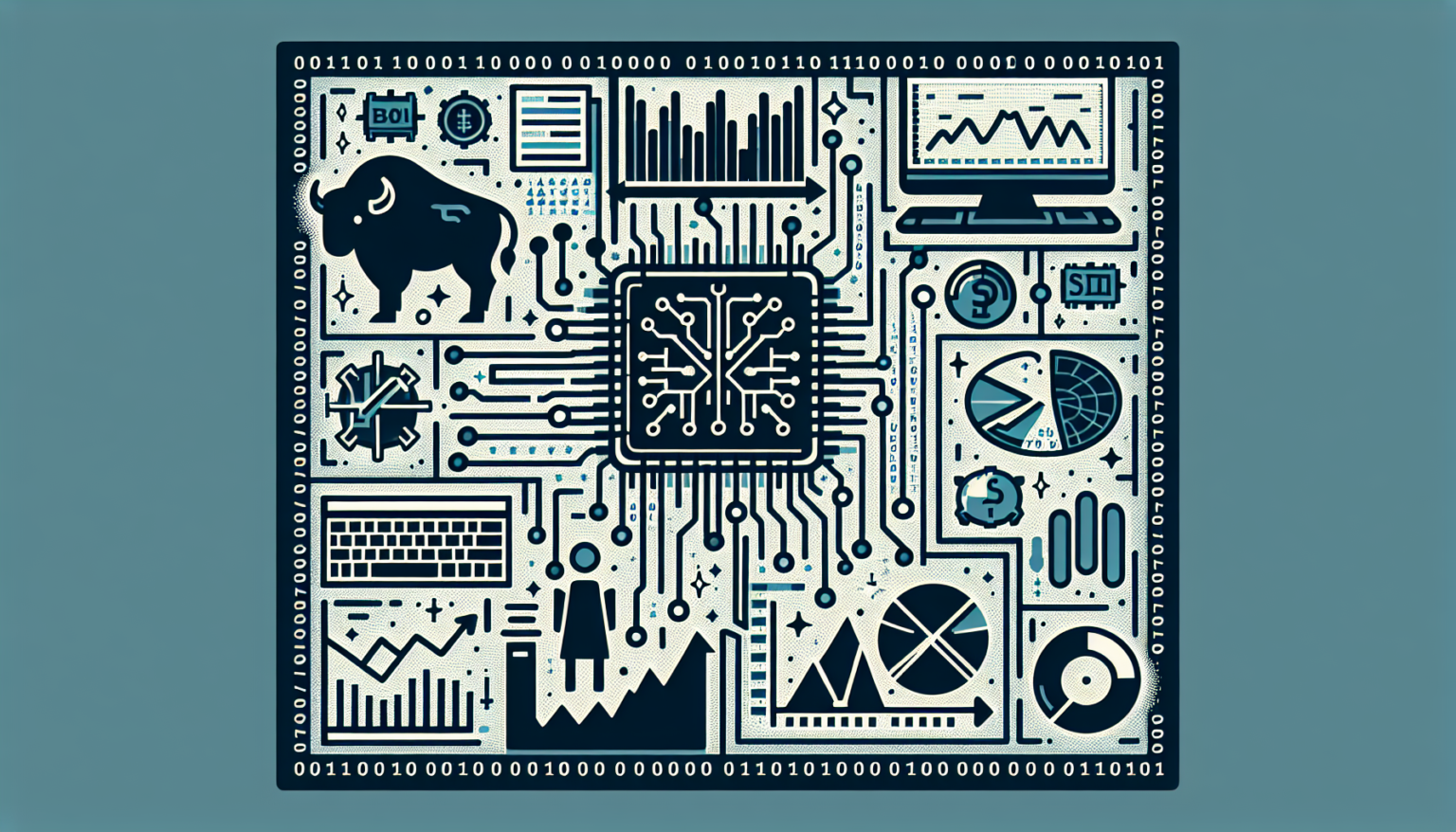Understanding Backtesting in AI Trading
Backtesting is an essential process in trading, particularly when it comes to AI trading models. It involves evaluating a trading strategy using historical market data to determine its viability and effectiveness. Backtesting helps traders and analysts gauge how their models would have performed in the past, which can offer valuable insights into future performance.
The Importance of Backtesting
There are several key reasons why backtesting is critical for AI trading models:
1. **Risk Assessment**: It allows traders to assess the risks associated with a trading strategy, including the potential for loss.
2. **Performance Evaluation**: By analyzing historical data, traders can evaluate how well their models are likely to perform under various market conditions.
3. **Refinement of Strategies**: Backtesting helps in identifying flaws or areas of improvement in a trading strategy, enabling refinements for better performance.
4. **Informed Decision-Making**: It leads to more informed trading decisions, as traders rely on data-driven insights instead of intuition or guesswork.
Key Components of Backtesting
When backtesting an AI trading model, several components are essential for comprehensive evaluation.
Historical Data
To conduct effective backtesting, you need access to high-quality historical market data. This can include price data, volume, and specific indicators relevant to your trading strategy. It’s essential to ensure that the data is clean and accurate, as even minor errors can lead to misleading results.
Types of Data
There are primarily two types of historical data you should consider:
– **Tick Data**: This is the most granular data, capturing every trade and quote. It provides detailed insights but requires significant computational resources.
– **OHLC Data**: This represents Open, High, Low, and Close prices for specific time intervals. It’s less data-intensive than tick data and can be more manageable for broader backtesting.
Trading Strategy
At the heart of backtesting is the trading strategy itself. This includes the rules that govern when to enter or exit trades, as well as any risk management techniques you intend to employ.
Components of a Trading Strategy
1. **Entry Criteria**: Define what signals will trigger a buy or sell decision. This might include technical indicators, price patterns, or fundamental data.
2. **Exit Criteria**: Establish rules for closing positions. This can involve profit targets, stop-loss orders, or other exit signals.
3. **Position Sizing**: Determine how much capital to allocate to each trade. Good position sizing can help manage risk effectively.
Performance Metrics
To evaluate the results of your backtest, you’ll need to utilize various performance metrics that can provide insight into the strategy’s effectiveness.
Common Performance Metrics
– **Total Return**: Measures the overall profit or loss generated by the strategy.
– **Maximum Drawdown**: Identifies the largest peak-to-trough decline, highlighting the potential risks involved.
– **Sharpe Ratio**: A risk-adjusted return metric that evaluates the performance of an investment compared to a risk-free asset, adjusted for volatility.
– **Hit Rate**: The percentage of successful trades relative to total trades made, indicating the strategy’s consistency.
Steps to Backtest AI Trading Models
Now that we understand the significance of backtesting and its components, let’s walk through the steps to effectively backtest an AI trading model.
Step 1: Define Your Hypothesis
Start by clearly defining the hypothesis behind your trading strategy. This could be based on a specific market behavior or a particular indicator’s effectiveness. Establish what you aim to prove or disprove through backtesting.
Step 2: Gather Historical Data
Collect the necessary historical data for the assets you intend to trade. Ensure you have the data pre-processed, removing any anomalies or errors that could skew results.
Step 3: Implement the Trading Strategy
Using programming languages like Python or R, implement your trading strategy into a backtesting framework. Libraries like Backtrader or QuantConnect can help facilitate this process, providing tools to run your model against historical data.
Step 4: Run the Backtest
Execute the backtest for a defined period. Observe how the strategy performs across various market conditions, focusing on both bull and bear markets to ensure versatility.
Step 5: Analyze the Results
Once the backtest is complete, analyze the results using the performance metrics discussed earlier. Look for patterns in both successful and unsuccessful trades, and take note of any unexpected outcomes.
Step 6: Optimize the Model
After analyzing the results, it’s typically necessary to refine or optimize the model. This can involve adjusting parameters, exploring different entry/exit criteria, or incorporating additional indicators into the strategy.
Overfitting Considerations
While optimizing, be cautious of overfitting—adjusting the model too closely to historical data can reduce its effectiveness in live trading scenarios. Strive for a balance between performance and generalizability.
Best Practices for Backtesting AI Models
To enhance the reliability of your backtesting efforts, consider the following best practices.
Use a Diverse Set of Data
Ensure your historical data encompasses various market conditions. A strategy that works well during a bull market may fail during bear markets, so good diversity in your dataset can provide a fuller picture.
Maintain a Strict Testing Process
Have a rigorous testing methodology in place. Consider splitting your data into training and testing sets to validate the model on unseen data, mimicking real-world trading scenarios.
Document Everything
Keep detailed records of all adjustments made during the backtesting process. This not only helps refine future model development but also allows for a transparent analysis of what worked and what didn’t.
Implement Walk-Forward Analysis
Consider utilizing walk-forward analysis, a method that can help assess the model’s performance over time by continuously optimizing the strategy as new data becomes available. This approach provides a more dynamic testing environment.
Tools for Backtesting AI Trading Models
A variety of tools can facilitate backtesting for AI trading models.
Backtrader
This is a popular Python library that allows users to run backtests with ease. Its flexibility makes it suitable for various trading strategies.
QuantConnect
A cloud-based algorithmic trading platform that supports multiple asset classes and programming languages, including Python and C#. It offers a robust backtesting environment.
MetaTrader
Widely used in Forex trading, MetaTrader offers built-in tools for backtesting strategies. It’s user-friendly, particularly for traders in the Forex market.
Common Challenges in Backtesting
While backtesting is a powerful tool, it does come with its own set of challenges.
Data Quality Issues
If the historical market data is flawed, it can lead to inaccurate backtest results. Always ensure that the data source is reliable.
Computational Resources
Backtesting can be resource-intensive, especially with high-frequency trading strategies. Ensure your hardware and software can handle the processing demands.
Market Changes
Markets evolve, and a strategy that worked well in the past may not hold up in the future. Always be prepared for the possibility that past performance doesn’t guarantee future results.








